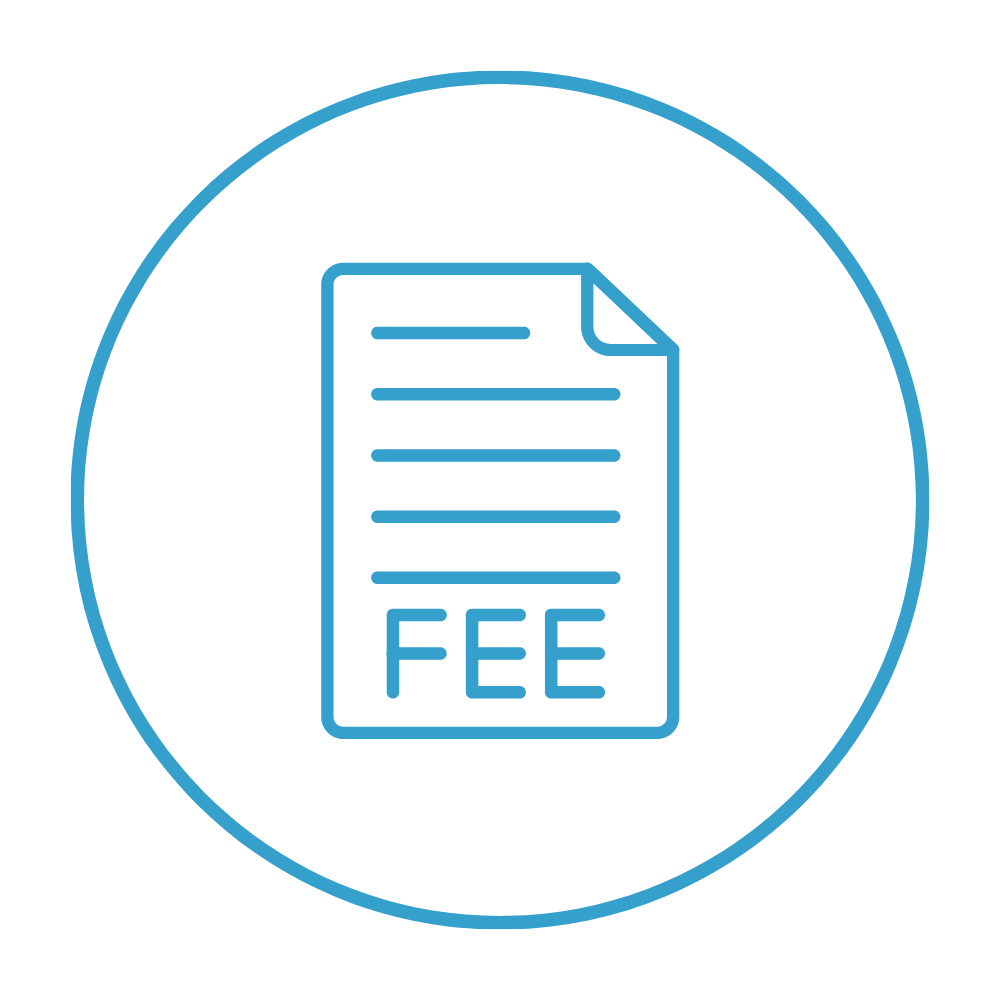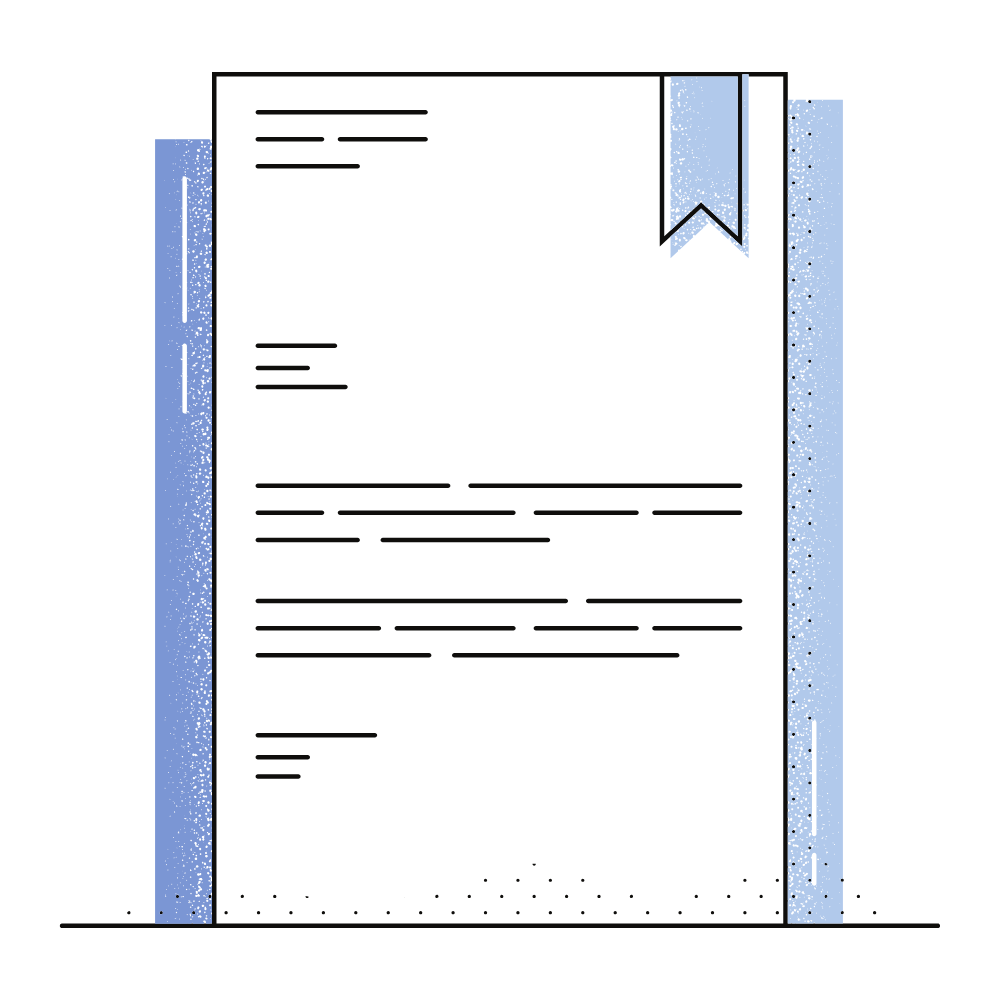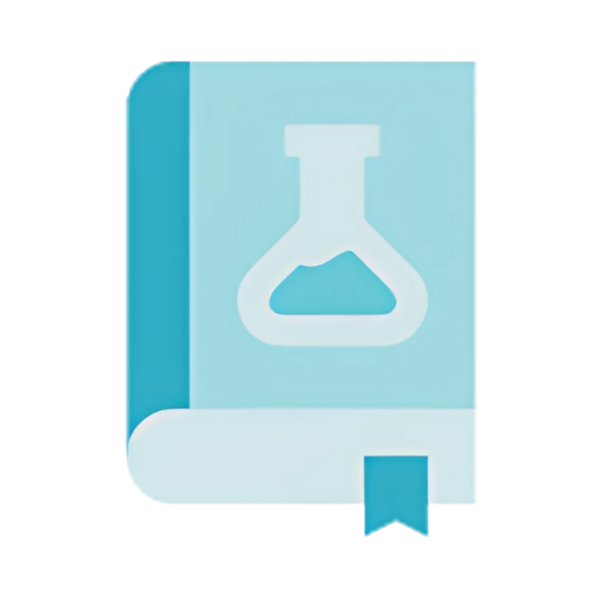This new regulation significantly updates Regulation (EC) No 1272/2008 (CLP – Classification, Labelling, and Packaging Regulation), tightening the management of chemical substances and mixtures. The main changes introduced are:
- Strengthening Implementation for Online Sales
- Classification of Multi-Component Substances and Plant Extracts
- Endocrine Disruptors, PBTs, and Other Hazard Classifications
- New Criteria for the Classification of Mixtures
- Major Changes in Labelling and Packaging Requirements
- Repackaging of Hazardous Substances and Refill Stations
- New Obligations for Emergency Health Response Information
- New Regulations for Advertising and Online Sales
- Changes in the Classification of Industrial Products
- Transition Processes and Implementation Schedule
These amendments aim to strengthen the management of chemical substances to protect both human health and the environment. Notably, significant innovations have been introduced regarding online sales, endocrine disruptors, and digital labelling.
1.Strengthening Implementation for Online Sales
It has become mandatory for an EU-based supplier to be involved in online sales from non-EU suppliers. As a result, non-EU companies selling online must comply with regulations through an EU-based supplier.
Previously, Regulation (EC) No 1272/2008 assumed that all economic operators were established within the EU. However, non-EU firms could sell hazardous chemicals directly to EU consumers, making regulatory oversight difficult.
Solution:
By requiring an EU-based supplier, all market placements, including online sales, will be aligned with regulations.
This amendment aligns with:
- (EU) 2019/1020 Market Surveillance and Compliance Regulation
- (EU) 2022/2065 Digital Services Act (DSA)
- (EU) 2023/988 General Product Safety Regulation (GPSR)
As a result, non-EU firms will be prevented from selling hazardous chemicals directly to EU consumers, online sales platforms will be responsible for monitoring sellers, and authorities will be able to enforce legal actions through EU-based suppliers.
2.Classification of Multi-Component Substances and Plant Extracts
Multi-component substances are not fundamentally different from mixtures in terms of hazard classification. According to Article 13 of the EU REACH Regulation, to minimize animal testing, data on multi-component substances should be generated under the same conditions as for other substances. However, individual component data should only be collected if those components are independently registered substances.
Special case for plant extracts:
Components that may be hazardous in isolation may not pose risks in the full extract. A temporary exception has been introduced to allow scientific evaluation of whether these substances should be classified as mixtures.
The European Commission will reassess this issue within five years.
3.Endocrine Disruptors, PBTs, and Other Hazard Classifications
New classifications have been introduced for:
- Endocrine Disruptors (Hormonal System Disruptors)
- Persistent, Bioaccumulative, and Toxic (PBT) Substances and Very Persistent and Very Bioaccumulative (vPvB) Substances
- Persistent, Mobile, and Toxic (PMT) Substances and Very Persistent and Very Mobile (vPvM) Substances
Specific timelines have been established for the classification and labelling for substances and mixtures.








